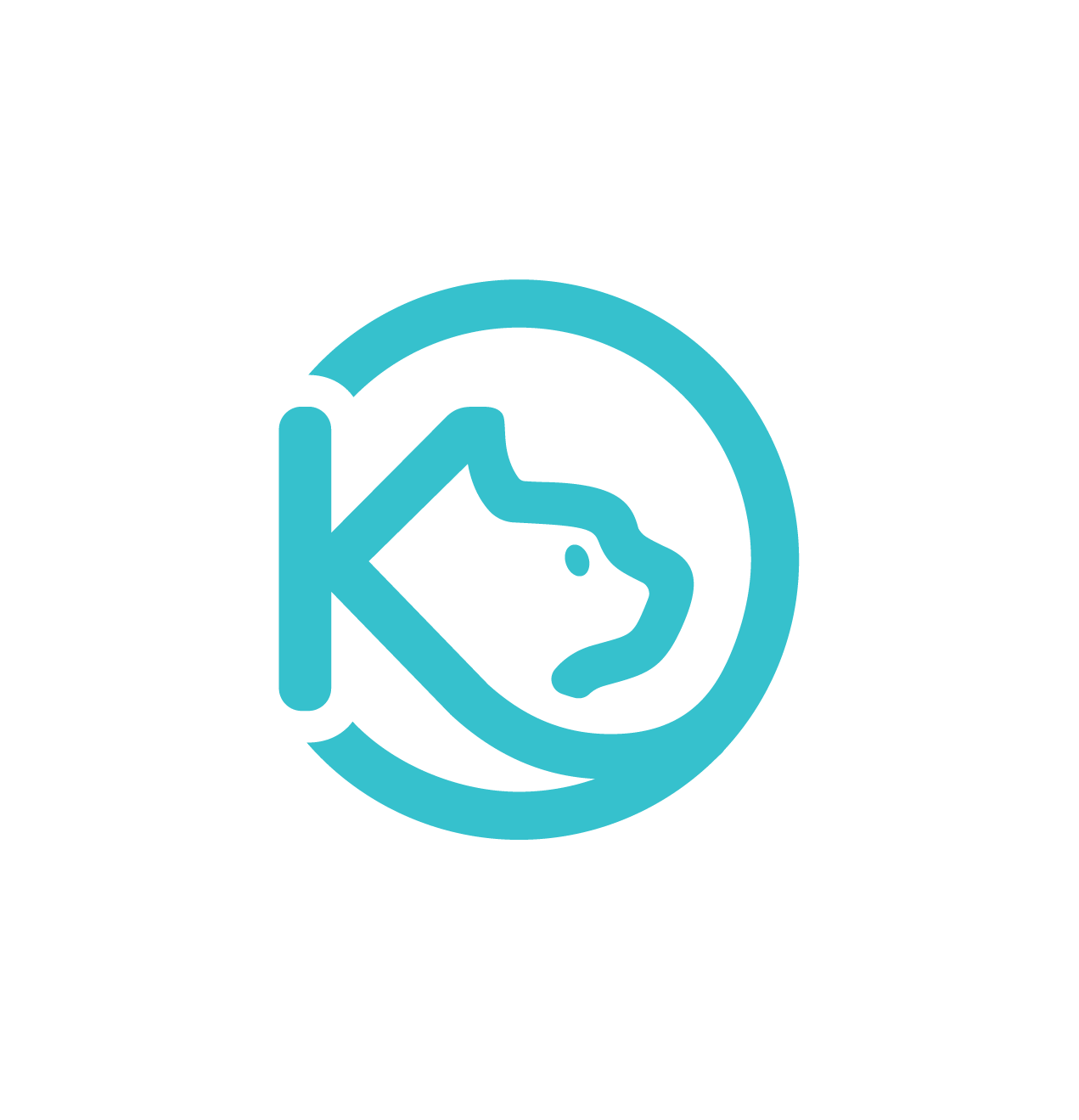5 misconceptions about UX research
Over the years, I’ve interacted with plenty of folks interested in learning how UX research can help their organization. Often, these folks are just getting oriented with the philosophies and processes for UX research, and there are some misconceptions to clear up before digging in.
Here is a small roundup of some of those biggest misconceptions to help UX newcomers get up to speed.
Photo by Randy Laybourne on UnsplashMisconception 1: UX is a new-ish field
We might not have heard the term “user experience” 20 or 30 or 40 years ago, but UX evolved from other disciplines. Until somewhat recently, the focus was on human-computer interaction and usability testing to make computers and websites more useful to the masses. Before that, there was Human Factors for designing better airplane cockpits and displays to reduce human errors. And before that? Splashes of ergonomics and time-and-motion studies during the industrial revolution to optimize human output.
This is a simplification of the history, but the point is we’ve come a long way for the betterment of people (with a longer way to go still), and there are established methods and cognitive science principles that we’ve been using and expanding over the decades. Sometimes the discipline gets a rebrand, like when IDEO termed their version of the process “Design Thinking,” but the core of UX research has existed and persisted.
Misconception 2: UX research is asking what people want
It’s really difficult for people to accurately predict what we want — or what we would buy, or what we would do — even if we think we know. And sometimes, people are just trying to be helpful and supportive, so they respond to our questions optimistically. Rather than speculating on future behavior, UX research is more about understanding people’s current behaviors, pain points, workflows, and needs — sometimes relevant to market gaps — and finding design opportunities based on those patterns.
Misconception 3: UX research is asking for opinions
There are usually opinions involved, but UX research goes a few levels deeper than a typical poll to understand where people’s attitudes, mental models, and guiding principles originate, and how they influence their thoughts and actions. Answering the root of the “why” questions makes for meaningful design and business decisions.
A caveat: I actually love asking poll-like brand perception questions when we want to understand people’s top-of-mind thoughts about the product and its competitors. This is sometimes done before a final reveal of who the client actually is, and then we can dig into some “whys.”
Misconception 4: UX research is always “user” research
Of course, research with current users is often extremely helpful. But there are reasons to research with non-users to understand why people don’t use your product or service. (I even wrote a book chapter about this!) Or, sometimes a new idea or thing doesn’t have users yet, and the goal is to test concepts, test a prototype, or understand more about the current landscape before building something.
Misconception 5: People will volunteer for UX research
Customer outreach and customer surveys are typically not UX research. To get meaningful information, the cost of UX research usually includes a monetary or gift card incentive to encourage people to sign up. Think of it like paying them fairly for the value they provide if they are selected and participate.
Recruiting plans for UX research also sometimes call for a specific breakdown of different user types, behaviors, demographics, etc., so relying only on volunteers (i.e., people who have time, and likely have positive affinity) will create some skewed findings.
If you’re interested in chatting about how to shape UX research efforts at your organization, take a look at Kennason’s services and reach out!


